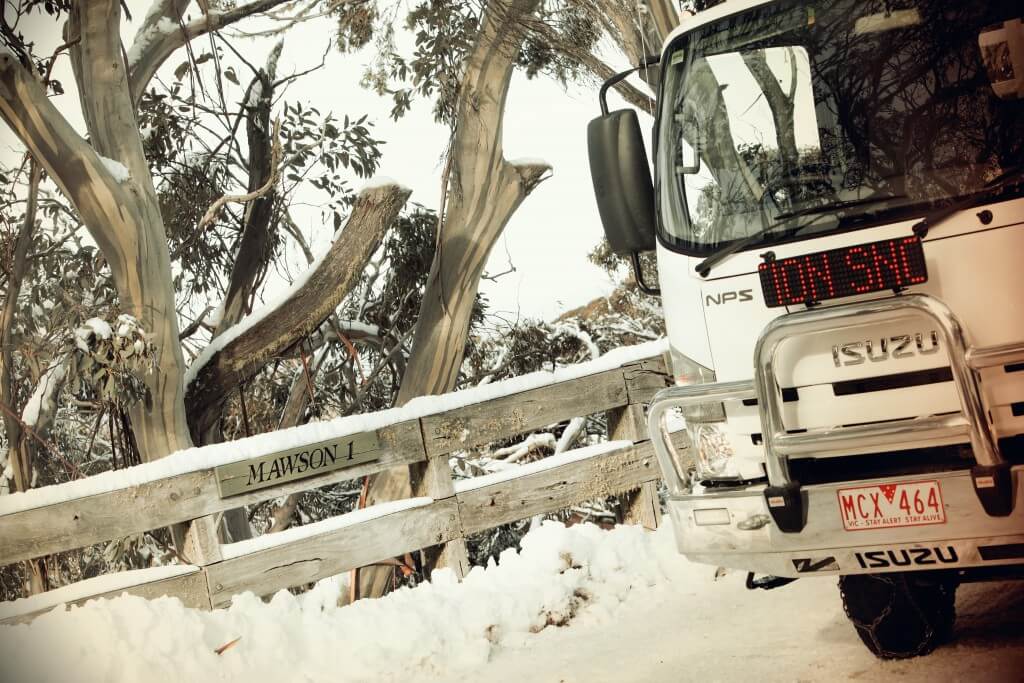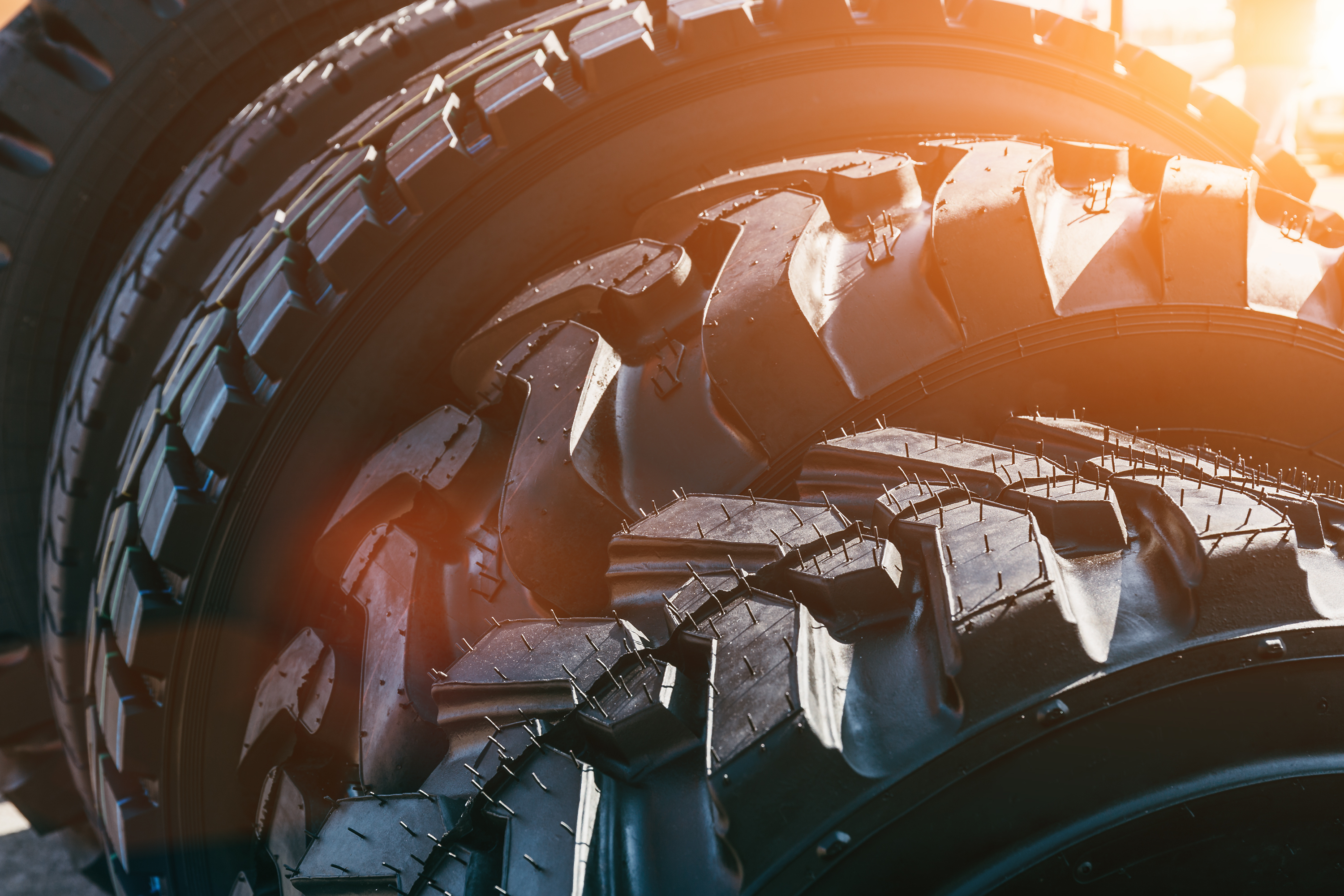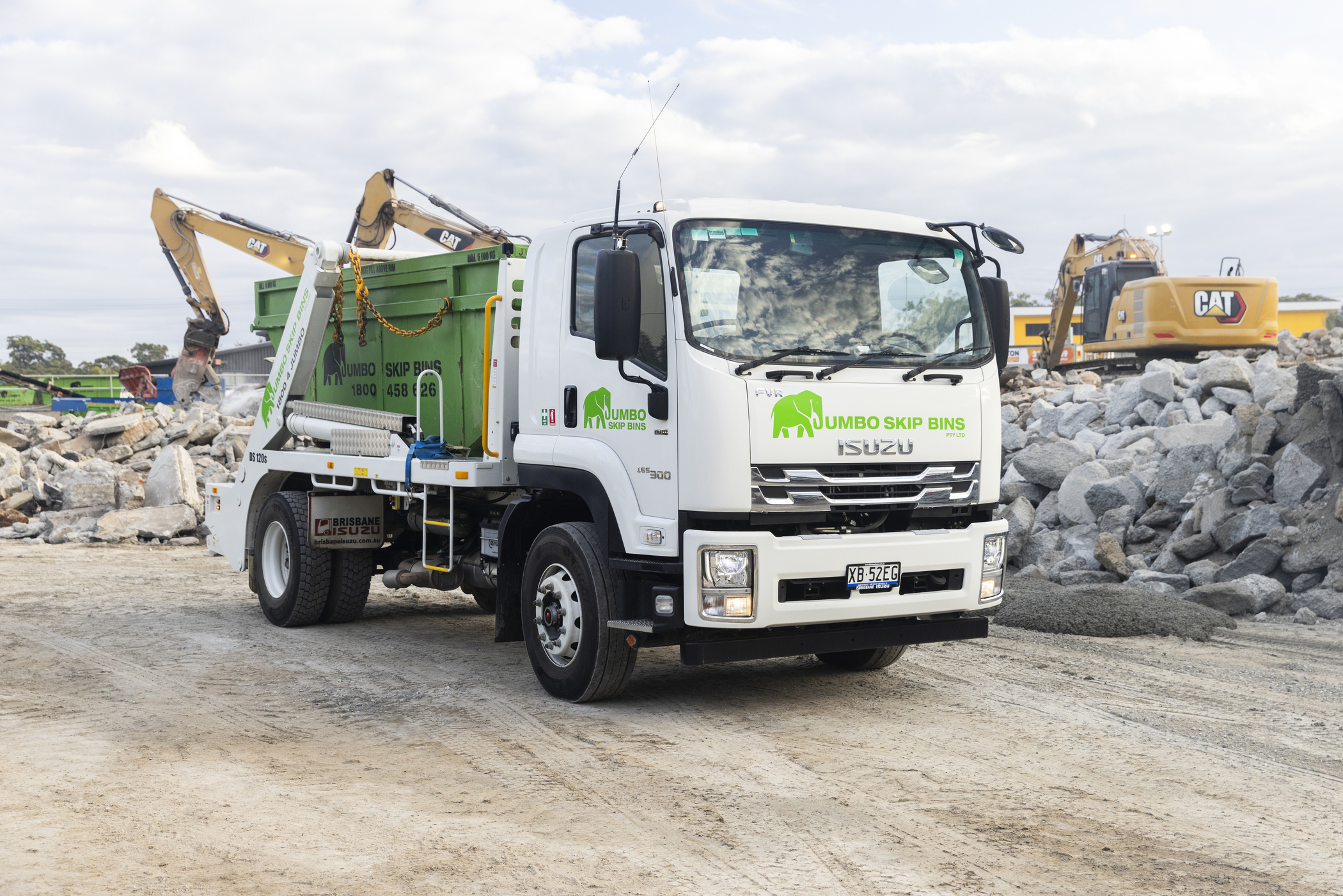WEATHERING THE STORM – HOW TO AUSTRALIA-PROOF YOUR TRUCK

 Whether it’s wet and wild or hot and heavy, Australian weather is ruthless in the extremes it throws at our truck drivers.
But spare a thought for the rig itself, because while you’re safe and comfortable inside the cab, the truck’s battling its way from tropical downpour to arid dust cloud.
So how do we protect the protector?
Below is an outline of how Australia’s harshest weather conditions affect our trucks, as well as tips for maintaining them through rain, hail or shine.
Considering temperatures in Sydney can already vary by 20 degrees a day, and climate change will likely make this substantially worse, we’ll try to cover all the bases.
But first, we’ll touch on those other truck-hazardous sides to the weather – the effect on our roads and cargo.
Whether it’s wet and wild or hot and heavy, Australian weather is ruthless in the extremes it throws at our truck drivers.
But spare a thought for the rig itself, because while you’re safe and comfortable inside the cab, the truck’s battling its way from tropical downpour to arid dust cloud.
So how do we protect the protector?
Below is an outline of how Australia’s harshest weather conditions affect our trucks, as well as tips for maintaining them through rain, hail or shine.
Considering temperatures in Sydney can already vary by 20 degrees a day, and climate change will likely make this substantially worse, we’ll try to cover all the bases.
But first, we’ll touch on those other truck-hazardous sides to the weather – the effect on our roads and cargo.
It’s not just the trucks to worry about
Road safety: We all know the havoc weather causes on our roads. Heat causes roads to soften and expand, wearing potholes and ruts into the surface. Then winter comes along, rain and freezing air making roads slippery and icy. Flooding also destroys road foundations, leading to even worse damage. Finally, bad weather delays construction and maintenance work, hampering efforts to fix this damage and leading to constant disruptions. If you’re always on the road, it’s enough to send you mad. For truckers though, black ice is the major concern. Black ice is a thin layer of practically invisible sleet that freezes on the road and can send trucks spinning out of control. The only foolproof solution is to be aware of the conditions and drive carefully. If you do hit black ice, resist the urge to brake. Just stop accelerating and maintain your steering trajectory. Ruined cargo: While no one wants to lose cargo, the most dangerous truck in a severe storm is an empty one because that extra weight has an important stabilising effect.This makes it even more important that cargo is securely loaded, to prevent unbalancing in harsh conditions. Regular maintenance and trailer checks are especially important for extreme weather as any leaks or cracks can badly expose your load to the elements.How to weather the weather
Think of a truck like your body. Each part copes with temperature changes differently – some take the hot or cold better than others. So let’s get a run-down of which truck parts break a sweat, and which ones get cold feet, before explaining how you look after them.- Battery: All batteries rely on chemical reactions to create power. While heat speeds these reactions up, cool air slows them down, resulting in a less powerful battery throughout winter. Heat also speeds up battery degradation however, so it’s important to check connections, terminals and loads before summer and winter. Consider purchasing a battery heater for extreme cold and avoid using stereos and cab lights if the battery’s struggling.
- Engine: Both hot and cold weather drain engine power - either through overheating the engine or thickening the engine oil. Hot, humid temperatures push engines further into the red by producing vapour that can block the fuel lines. Choose the viscosity (thickness) of your engine oil carefully, using multi-viscosity in winter and high-viscosity in summer. Prior to summer, check your radiator fluid to ensure effective cooling and remember your temperature gauge is there for a reason.
- Brakes and Exhaust: Brakes fade quickly in the heat, rendering them less effective, but in cold temperatures they can stick, causing sudden, dangerous jolts. Always drive to the conditions, test your brakes and check for abnormalities in addition to your regular servicing. In cold weather water vapour can gather in your exhaust system. If it's freezing and your only travelling a short distance, the vapour won’t burn off, which can lead to premature rusting.
- Tyres: Temperature can also affect your tyre pressure substantially, with cold air lowering pressure and compromising handling and fuel economy. Heat, even from driving, raises pressure momentarily so it’s best to check tyre pressure after the truck’s been sitting for an hour or two.
- Windshields: Never use hot water to melt the ice on a frozen windscreen as it could crack the glass. Alcohol sprays or applying a credit card and some elbow grease are better methods. Also, as opposed to getting frozen solid in winter, wiper-blades can actually melt in the summer, so include them in your regular checks.



Playtime’s over, get $3,500* to spend on extras.
If you’re ready to get serious about tackling bigger jobs, grab yourself an NLR 45-150 AMT SWB Traypack from the Ready-to-Work range for $62,990 drive away*. And to prove we aren’t playing, buy any NLR Traypack before June 30 and you’ll get $3,500* to spend on genuine accessories or an Essentials service agreement.
Learn more



